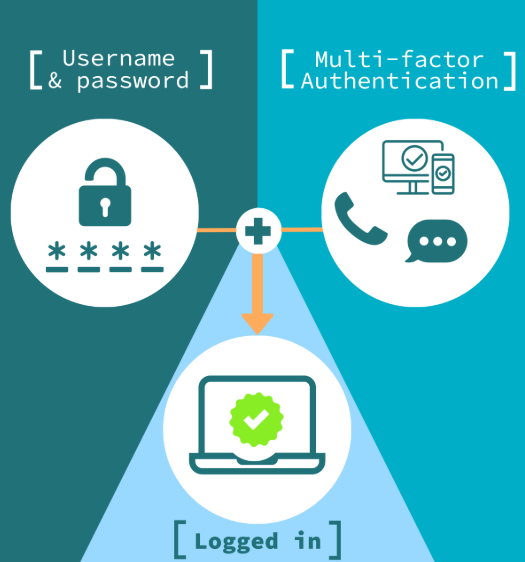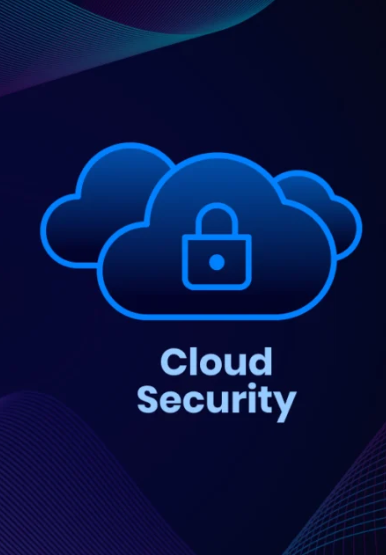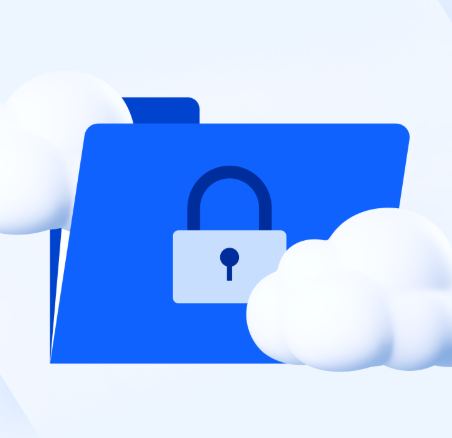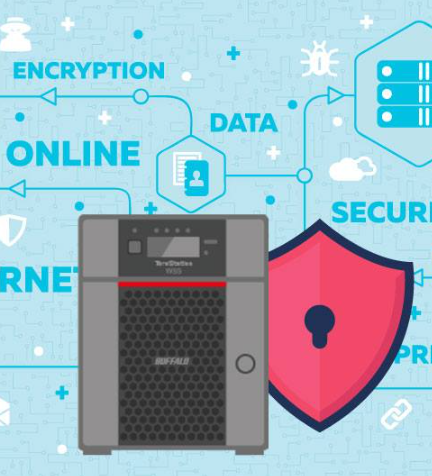
In today’s digital age, data is the heartbeat of any business. For small enterprises, protecting this data is not just a matter of convenience, it’s a critical necessity. From customer information to financial records and business plans, your data is one of your most valuable assets. Yet, it is also highly susceptible to risks such as hardware failures, cyberattacks, and natural disasters. The solution? Implementing a foolproof backup strategy to protect your operations. Among the most reliable methods is the 3-2-1 backup strategy. Here’s why it’s the gold standard for data protection.
What is the 3-2-1 Backup Strategy?
The 3-2-1 backup strategy is a straightforward yet powerful approach designed to safeguard your business’s data. It’s become a widely adopted best practice due to its simplicity and effectiveness. So, what does it involve?
- Three Copies of Your Data: You start with the original data, which is the working version you access and use regularly. Then, you create two additional backups. These backup copies ensure that if your primary data becomes corrupted or lost, you have other options available to restore your operations quickly.
- Two Different Media Types: It’s not enough to simply have three copies of your data; they must be stored on different media types. This could include a mix of hard drives, solid-state drives, cloud storage, or tape drives. The goal is to reduce the risk of losing all copies if one type of storage fails. By diversifying your backup methods, you ensure redundancy and reduce the chances of complete data loss.
- One Offsite Copy: The final piece of the puzzle is storing one backup copy in a separate location. This offsite backup could be stored in the cloud or at a different physical location. The purpose of this is to protect your data from local disasters such as fires, floods, or theft. With an offsite copy, you have peace of mind that your data remains accessible even in the event of a catastrophe.
Why the 3-2-1 Backup Strategy Works
The 3-2-1 backup strategy isn’t just a recommendation; it’s a time-tested method that has proven itself in protecting data from a variety of threats. Here’s why this strategy is so effective:
Robust Data Protection
By having three copies of your data, you build in a layer of redundancy that guards against a wide range of risks. Whether it’s a hardware failure, accidental deletion, or even a cyberattack, the chances of losing all three copies of your data are extremely low. Even if one or two backups become compromised, you’ll still have the remaining copies to restore your business to full operation.
Rapid Recovery
When disaster strikes, the ability to quickly restore your data is crucial. With multiple copies stored across different media types, you can choose the most efficient and effective method to retrieve your data. Whether it’s restoring from a local hard drive, cloud backup, or offsite storage, the strategy offers flexibility and minimizes downtime, allowing your business to continue functioning with minimal disruption.
Flexibility and Customization
One of the standout benefits of the 3-2-1 strategy is its versatility. You can choose the backup methods that best fit your business’s specific needs and budget. Whether you prefer full backups, which copy everything, or incremental backups that only capture changes made since the last backup, the 3-2-1 strategy accommodates various types of backups. This flexibility ensures you can optimize storage, reduce backup times, and speed up recovery.
Cost-Effective Security
It may seem like the 3-2-1 backup strategy could be expensive, but in reality, it offers a cost-effective solution to data protection. By combining on-site and offsite storage options, businesses can balance cost and security. Cloud storage services, for example, provide affordable and scalable solutions for offsite backups, eliminating the need for expensive hardware and maintenance. The financial impact of a data loss—whether it’s from business downtime, regulatory penalties, or reputational damage—can far outweigh the cost of implementing the 3-2-1 strategy.
How to Implement the 3-2-1 Backup Strategy
Adopting the 3-2-1 backup strategy is a straightforward process. Here are the key steps you can take to get started:
- Choose Your Backup Methods: Select the most suitable data backup solutions based on your business’s size and budget. Cloud-based backups are a popular choice, offering automatic backups, scalability, and easy access from anywhere. Alternatively, local solutions like external hard drives or NAS (network-attached storage) devices are viable for businesses that require faster backup and recovery speeds.
- Schedule Regular Backups: Set up a backup schedule to ensure your data is always up-to-date. Regular backups reflect the latest changes and ensure your business can recover quickly if needed.
- Test Your Backups: Periodically test your backups to verify that the data can be restored correctly. This ensures you won’t be left stranded if you need to recover lost data.
- Secure Your Backups: Protect your backup data with strong encryption and unique passwords. This will help prevent unauthorized access and potential breaches.
- Offsite Storage: Make sure at least one of your backups is stored offsite, whether through cloud storage or at a separate physical location. This will safeguard your data against local disasters.
- Document and Review Procedures: Keep a record of your backup procedures and review them regularly. As your business evolves, so too should your backup strategy.
- Consult Experts: If you need guidance on the best backup solutions for your business, consider consulting with IT professionals who can help you implement an effective strategy.
Conclusion
The 3-2-1 backup strategy is more than just a recommendation—it’s a critical safeguard for ensuring your business’s resilience against data loss. By maintaining three copies of your data across different storage media and securing an offsite backup, you’re creating a strong safety net for your business. Whether it’s hardware failure, cyber threats, or natural disasters, this strategy ensures you can recover your data quickly and continue operations with minimal impact. Investing in the 3-2-1 backup strategy today ensures that your data—and your business—remain protected for the future.















































